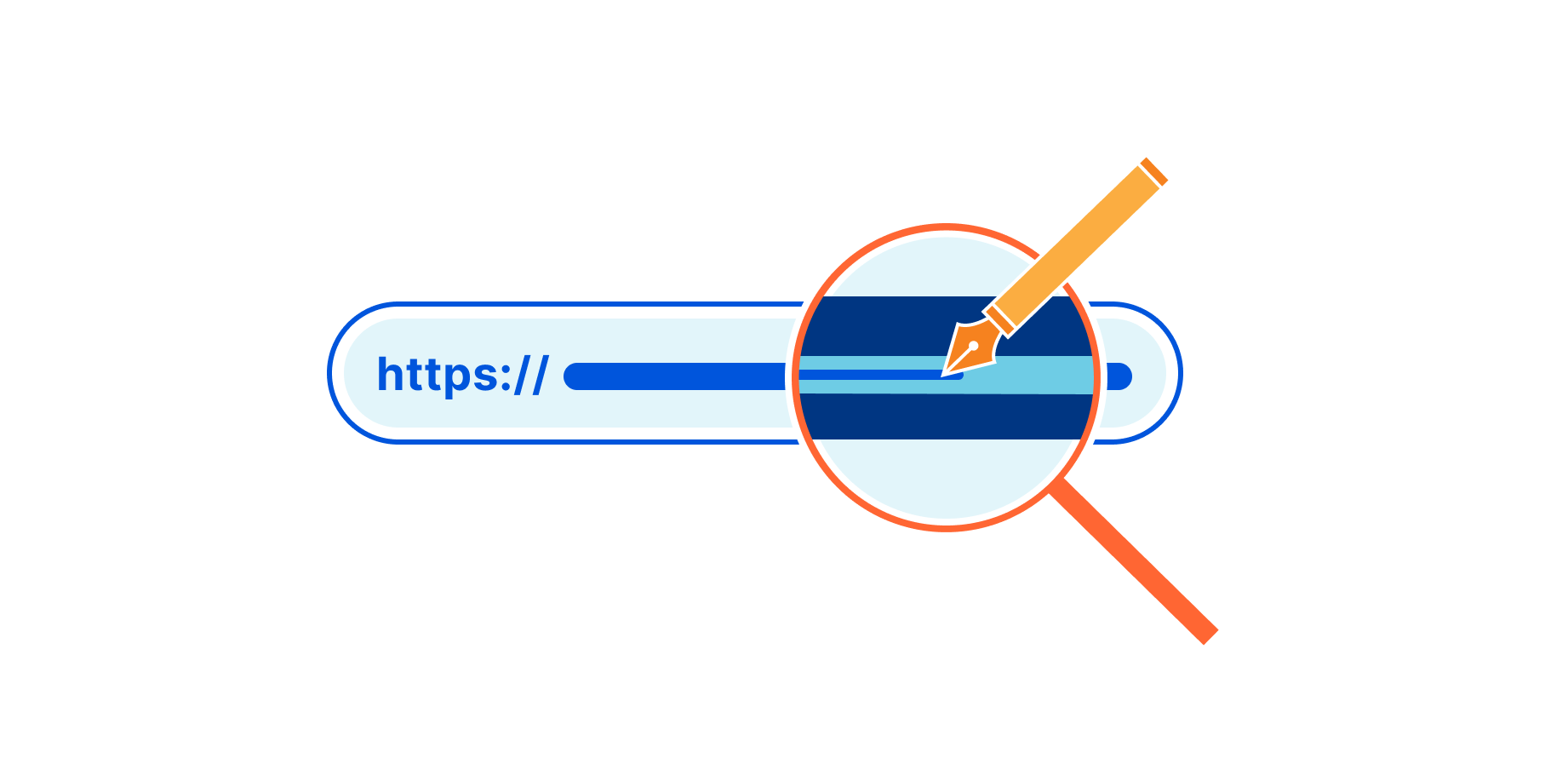Changing How Updates Work with Docker Desktop 3.3
Today we are pleased to announce the release of Docker Desktop 3.3.
We’ve been listening to your feedback on our Public Roadmap and we are consistently asked for three things: smaller downloads, more flexible installation options, and more frequent feature releases, bug fixes, and security updates.
We also heard from our community that the smaller updates are appreciated, requiring immediate installation is not convenient, and automatic background downloads are problematic for developers on constrained or metered bandwidth.
We’ve heard you and are changing how updates to Docker Desktop work, while still maintaining the ability to provide you with smaller, faster updates. We are also providing additional flexibility to developers with Pro or Team subscriptions.
Flexibility for Updates
With Docker Desktop 3.3, when a new update to Docker Desktop is available, it will no longer be automatically downloaded and installed on your next restart. You can now choose when to start the download and installation process.

To encourage developers to stay up to date, we have built in increasingly persistent reminders after an update has become available.
If you use Docker Desktop at work you may need to skip a specific update. For this reason, Pro or Team subscription Continue reading
New Video Course: How Networks Really Work
Those who follow my work know I’ve been focused on building live webinars for the last year or two, but I am still creating pre-recorded material for Pearson. The latest is built from several live webinars which I no longer give; I’ve updated the material and turned them into a seven-hour course called How Networks Really Work. Although I begin here with the “four things,” the focus is on a problem/solution view of routed control planes. From the description:
There are many elements to a networking system, including hosts, virtual hosts, routers, virtual routers, routing protocols, discovery protocols, etc. Each protocol and device (whether virtual or physical) is generally studied as an individual “thing.” It is not common to consider all these parts as components of a system that works together to carry traffic through a network. To show how all these components work together to form a complete system, this video course presents a series of walk throughs showing the processing involved in various kinds of network events, and how control planes use those events to build the information needed to carry traffic through a network.
Intel’s Habana Makes First Supercomputing Appearance
The San Diego Supercomputer Center (SDSC) will be preparing to put nearly ten racks of Habana AI hardware on the floor, marking the first time we have seen the AI chip startup (acquired by Intel in 2019) in force at any major supercomputing site. …
Intel’s Habana Makes First Supercomputing Appearance was written by Nicole Hemsoth at The Next Platform.
IPv6 Buzz 073: Exploring Microsoft’s IPv6 History
This week's IPv6 Buzz episode features Justine Vick, network architect and engineer and Microsoft veteran whose IPv6 work dates back to the earliest inclusion of the protocol in Windows.We talk about why Microsoft supported and deployed IPv6 early, support challenges in-house and externally, how IPv6 affects software development, and more.IPv6 Buzz 073: Exploring Microsoft’s IPv6 History
This week's IPv6 Buzz episode features Justine Vick, network architect and engineer and Microsoft veteran whose IPv6 work dates back to the earliest inclusion of the protocol in Windows.We talk about why Microsoft supported and deployed IPv6 early, support challenges in-house and externally, how IPv6 affects software development, and more.
The post IPv6 Buzz 073: Exploring Microsoft’s IPv6 History appeared first on Packet Pushers.
Creative Virtual Team Building Ideas
Handling a remote team is not the easiest task. They have fewer opportunities to socialize and they don’t have a way to get to know new members. Such remoteness in work can lead to feelings of disconnection and isolation.
That is why your business needs virtual team building activities. It will allow the workers to get to know each other and feel more connected. They will drive a sense of belonging and community that everyone needs.
Here are our top choices for creative virtual team building activities.
1. Weekly Trivia Contest
People love trivia. Jeopardy is a big example of how much people love taking part in trivia contests. So, you can create such a contest for your virtual team as well.
You can decide:
- Categories (Current events, entertainment, science, etc.)
- Timing (Day the contest will take place)
- Difficulty (Beginner, intermediate, or advanced)
- Region (Do you want to include your global teammates or just the ones in your state?)
If you want a platform for automated weekly trivia quizzes for your remote team, then you can opt for Water Cooler Trivia. It is a platform that will automate the entire process to make things seamless. It is one Continue reading
5 Reasons to Do an External Threat Hunt on Your Network Now
An external threat hunt is commonly used to evaluate the efficacy of security controls and it can help organizations evolve risk and compliance policies to close gaps in security protocols and policies.Dynamic URL Rewriting at the edge with Cloudflare


URLs are ugly. They are hard to read, difficult to memorise and often auto-generated for the benefit of the origin server - not the user.
Today we are announcing the immediate availability of Transform Rules for all Cloudflare plans. Transform Rules provide Cloudflare administrators with the ability to create URL rewrite rules. These rules transform HTTP requests as they flow through Cloudflare providing an interpretation layer between the human friendly and the computer friendly.
Ease of understanding
Imagine you are going on a much needed around-the-world trip and want to buy a copy of John Graham-Cumming’s book The Geek Atlas: 128 Places Where Science and Technology Come Alive to use as inspiration. Would the link https://www.travelbooks247.com/dp/0596523203/ make sense to you? Chances are the answer is no. It's hard for humans to understand these complex, contextless URLs.
This is why companies instead provide user friendly alternatives such as: https://www.travelbooks247.com/Geek-Atlas-Places-Science-Technology/dp/0596523203/ and use web servers as the interpreter. This interpretation is known as URL rewriting.
Large ecommerce retailers take HTTP requests to these human-friendly URLs and rewrite them using a simple pattern that strips the content Geek-Atlas-Places-Science-Technology/ before sending the HTTP request to the backend. The human readable hyperlink Continue reading
Claim: You Don’t Have to Be a Networking Expert to Do Kubernetes Network Security
I was listening to an excellent container networking podcast and enjoyed it thoroughly until the guest said something along the lines of:
With Kubernetes networking policy, you no longer have to be a networking expert to do container network security.
That’s not even wrong. You didn’t have to be a networking expert to write traffic filtering rules for ages.
Claim: You Don’t Have to Be a Networking Expert to Do Kubernetes Network Security
I was listening to an excellent container networking podcast and enjoyed it thoroughly until the guest said something along the lines of:
With Kubernetes networking policy, you no longer have to be a networking expert to do container network security.
That’s not even wrong. You didn’t have to be a networking expert to write traffic filtering rules for ages.
Get Involved with Docker
Every day, hundreds of passionate Docker users around the world contribute to Docker. Whether you are just getting started or are an expert in your field, there are many ways to get involved and start contributing to Docker. If you’re into technical writing, you can easily publish and/or edit articles in docs.docker.com. If you’re more into code contribution, there are dozens of open source Docker projects you can dive into. Or if you’re just interested in sharing knowledge and spreading Docker goodness, you can organize a local meetup or a virtual workshop on our community events page.
There are literally countless ways one can contribute to Docker. This makes it sometimes a bit difficult to find the right project or activity that maps to your interests and level of Docker expertise. That’s why we’ve been working to make it easier for anyone to learn more about ways to contribute and find the right project or activity. To this end, we created a community-driven website that aims to make it easier than ever to navigate the many different contribution opportunities that exist at Docker, and ultimately, to find the right contribution pathway to get started.

Jonathon Dixon: Why I joined Cloudflare


I’m excited to announce that on March 1, I joined Cloudflare as Vice President and GM, Asia Pacific (including Japan and Greater China) to help build and expand Cloudflare’s growing customer and partner base and presence in the region. We currently have over 200 passionate and customer-focused employees in APAC, with offices in Beijing, Singapore, Sydney and Tokyo.
A little about me
Singapore is where I’m based. Melbourne is home with my early years spent in Country Victoria. I love the outdoors, sports, travelling and spending time with family and friends. I am naturally intrigued by interesting people and different perspectives. I have a thirst for learning and understanding why people act and behave the way they do, and believe that understanding more about different cultures makes me a better person/leader. And what better way to do so than by being in the most diverse region in the world — Asia Pacific is home to 60% of the world’s population, with thousands of languages spoken, spanning multiple time zones. With the rise of innovation and technology adoption in the region, growth and expansion opportunities are endless.
My journey to Cloudflare
Throughout my 20-year career, I have been extremely fortunate to Continue reading
Visualise and Analyse Your Data Centre Fabric with HAWK
Hello my friend,
Some time ago in LinkedIn we announced that we are working on the tool, which will allows you to model and analyse your network. As one of our primary focuses is data centres, we started from there. Despite it is an early stages, but we are happy and proud to introduce you HAWK: Highly-efficient Automated Weapon Kit. For now, this is a collection of the tools for the network management and analysis, but probably later we will put it under a joint hoot of some front-end, who knows…
2
3
4
5
retrieval system, or transmitted in any form or by any
means, electronic, mechanical or photocopying, recording,
or otherwise, for commercial purposes without the
prior permission of the author.
Where is the the border between network automation and software development?
In order to automate any network operation, you need to write a script, even if that is a simple one. On the other hand, any script is a program or software. This means that the creating of the scripts for the network automation is a form of the software development. And it is fun. Continue reading
Python Could Reset the AI Inference Playing Field
When it comes to neural network training, Python is the language of choice. …
Python Could Reset the AI Inference Playing Field was written by Nicole Hemsoth at The Next Platform.
Is AWS Making The Switch To Homegrown Network ASICs?
Amazon Web Services, the juggernaut of cloud computing, may be forging its own path with Arm-based CPUs and associated DPUs thanks to its 2015 acquisition of Annapurna Labs for $350 million. …
Is AWS Making The Switch To Homegrown Network ASICs? was written by Timothy Prickett Morgan at The Next Platform.